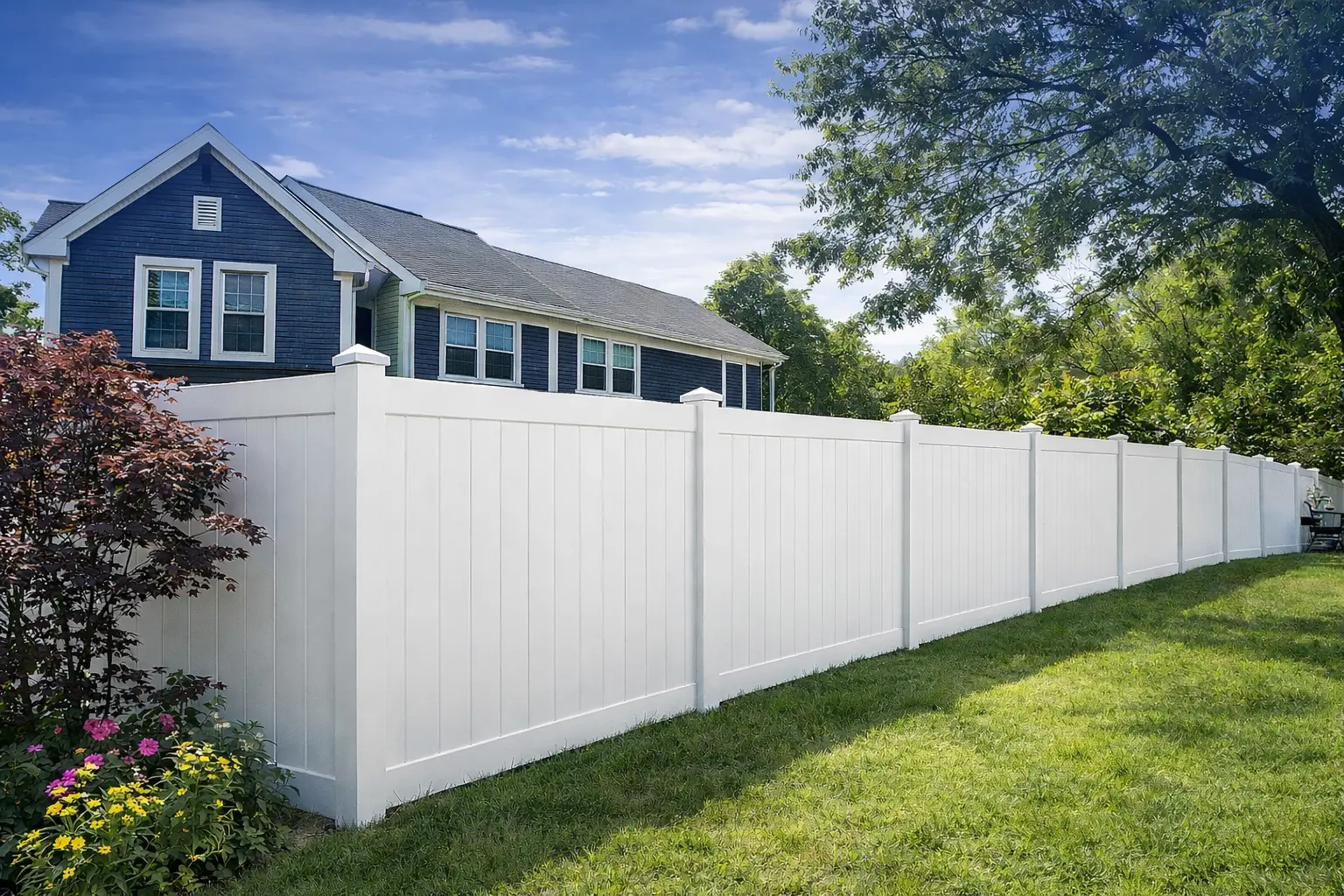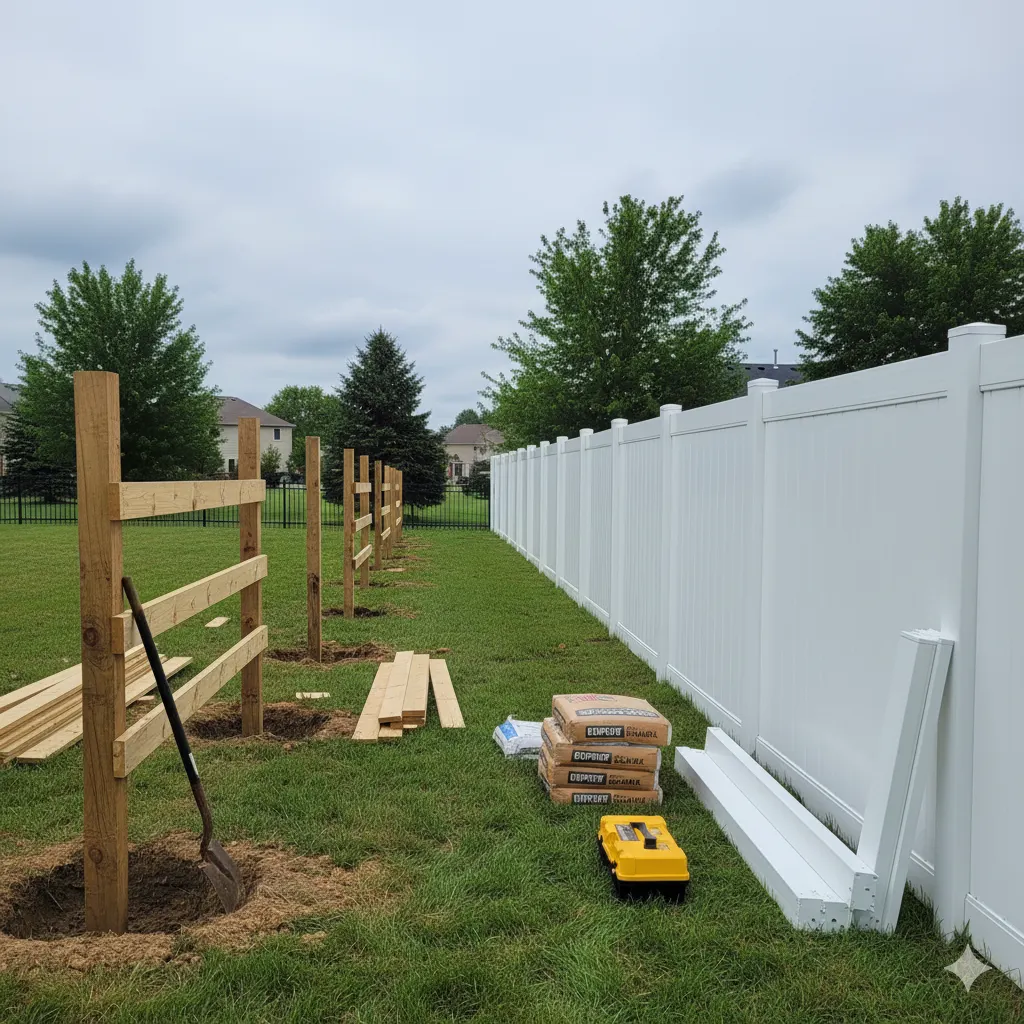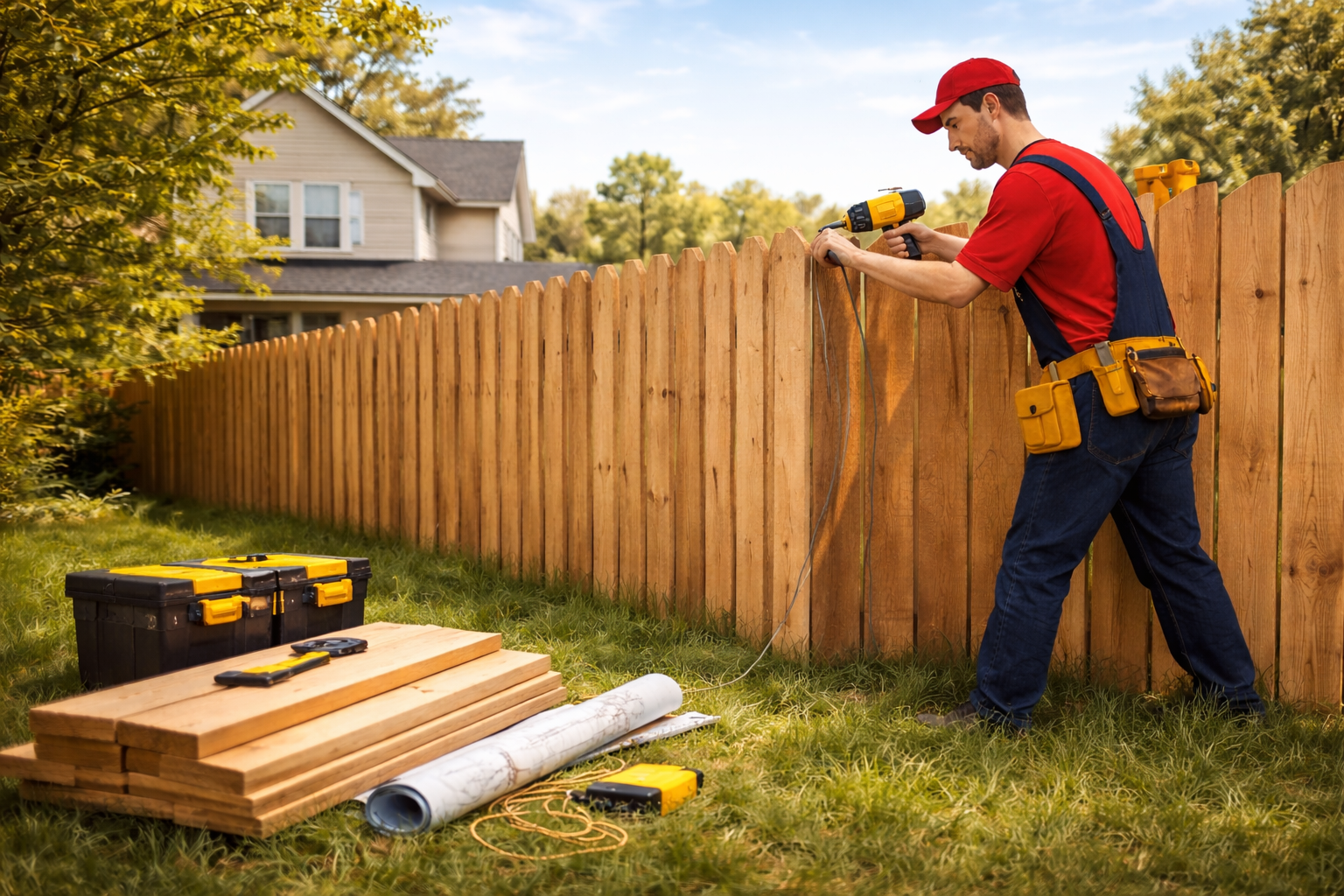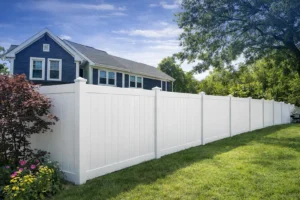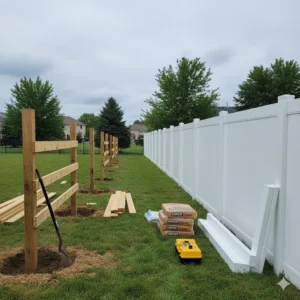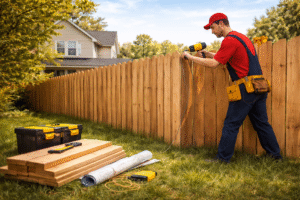Installing a fence around your yard, garden, or property is an excellent method to improve privacy, promote safety, and give your home a more appealing appearance. However, before you begin building, you need to thoroughly plan your project. Understanding how to measure linear feet is an important element of the planning process.
If this is your first time working on a fence project, don’t be worried. In this article, we will lead you through the procedure in a clear and simple manner. You’ll learn what linear feet are, why they matter, and how to precisely measure your fence line. We’ll also go over post spacing, how to use a fence calculator, and some helpful hints for determining the appropriate amount of materials.
Let’s dive in!
What are linear feet?
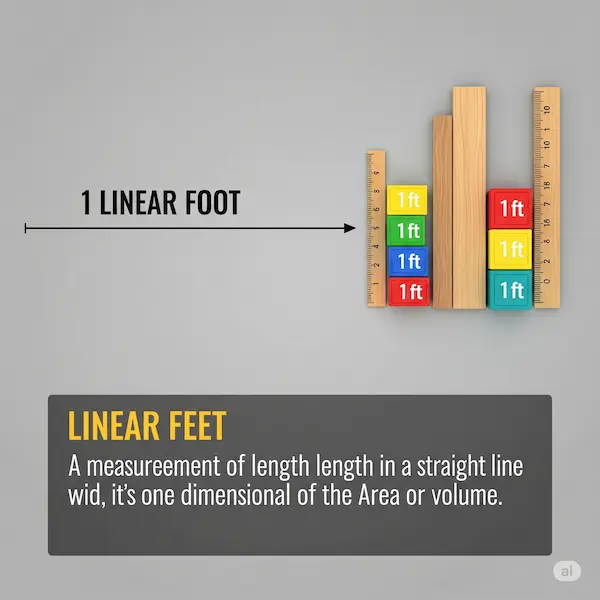
A linear foot is just a way to measure length with feet. It does not take into account width, height, or depth. When it comes to fencing projects, linear feet refers to the whole length of the fence line.
For example, if you’re constructing a fence that spans 100 feet across your backyard, it’s 100 linear feet. If the fence goes around all sides of a rectangular yard—say, 50 ft on the short sides and 100 ft on the long ones—you get:
50 + 100 + 50 + 100 equals 300 linear feet.
Knowing the entire linear footage for fences is important because it allows you to figure out.
How much fencing material should be bought?
How many posts will be needed?
How to Estimate Total Cost
Using A Fence Estimator
Not good with numbers? That’s just fine. You can always use a fence estimation tool. These online calculators typically ask you to enter:
Fence length
Fence material (wood, chain link, vinyl, etc.)
Post spacing
Number and size of gates
Once you enter that information, they will give you:
How many posts, panels, and rails will you need?
How much concrete is required?
An estimate of the overall cost (including materials and labor)
Fence estimator tools are an excellent method to compare prices and avoid buying more than you need.
Tips for a Smooth Fence Installation.
Here are some useful ideas to make the job easier:
Check property lines.
Before you start measuring fence line or building, be sure you understand your exact property boundaries. You do not want to end up building your fence on someone else’s property!
Consider the environment
Is the ground level or sloped? If it’s sloped, you may need racked or stepped fencing, which will impact how you calculate fencing length.
Use quality materials.
Cheap fencing may save you money at first, but you may end up paying more in the long run due to repairs or early replacements.
Follow local regulations.
Some places have fence height and placement restrictions, as well as permit requirements. It is usually a good idea to check local codes before beginning any job.
Plan for the weather.
Avoid placing stakes in frozen or damp ground. Allow the concrete to set completely to prevent your fence from tilting or shifting.
We Offer:
Are you feeling overburdened? We’ve got your back, and you’re not alone! What our team can accomplish for you is as follows:
Perfect fence measurement assistance
Professional installation and custom fence design
Detailed, reasonably priced material assessment with a comprehensive breakdown
Professional guidance on gate planning, topographical difficulties, and post spacing
Accurate usage of smart fence estimator tools
Final Thoughts
The cornerstone of any effective fence installation is measuring linear feet. Although it may appear to be a minor element, it is crucial for:
Keeping your spending under control
Acquiring the appropriate quantity of materials
Preventing issues during the installation process
You may measure your fence line, determine the proper post spacing, and utilize a fence estimator to make the process easier if you follow the advice in this tutorial.
Now that you know how to measure linear feet, you can confidently take on your fencing project!
See the step-by-step fence installation guide for more thorough information on how to construct your fence.
FAQs
In feet, a linear foot is just a straight-line measurement. It's crucial for fencing because it displays the entire length of your fence line, which is essential for budgeting and fencing length calculations.
Take a long tape measure or a measuring wheel and trace the intended route of your fence to get an accurate fence line measurement. Don't forget to incorporate all sides and any gates or curves.
Yes! Whether you're hiring someone or doing it yourself, a fence estimator is a useful tool. It greatly simplifies fencing length calculations, material selection, and cost estimation.
Of course. The way you measure linear feet may change if your yard is uneven or slanted. It's advisable to measure in smaller sections and make adjustments as you go because stepped or racked fencing may be required.
Do You Need Assistance With Fence Estimates and Installation? Speak with All Pro Fence Buffalo Right Now!
Your fencing project will be cost-effective and efficient if you understand linear foot measurement from the very start. A proper linear footage estimate is essential for accurately identifying your fence’s material and installation method.
With dependable fencing supplies and expert advice, All Pro Fence Buffalo is prepared to help with any step of your project. By assisting you in selecting the ideal material for your demands and budget, we streamline the process. Our professionals guarantee precise measurements, experienced installation, and long-lasting outcomes.
We are here to make sure your project continues on schedule, regardless of your preference for a wood, aluminum, or other kind of fence.
Are you prepared to add a new fence to your yard? Contact us at 716-452-9399!

